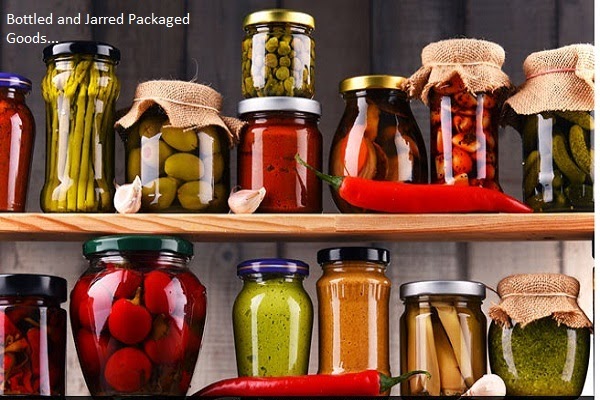Whether bottled or jarred, packaged goods have several advantages and disadvantages. Both types of packaging are convenient to use and transport. They also tend to be more durable and can be cleaned easily. While jars are more expensive than bottles, they will last for longer. Let’s take a closer look at the pros and cons of each type.
Benefits & Drawbacks
Bottled and jarred packaged goods have their benefits and drawbacks. Both types of packaging contain enough seals to prevent leakage and help keep food fresh for a long time. In addition, they can be easily transported to different places and stored for a long time. Furthermore, jars look good and are helpful for consumers, sellers, and manufacturers. They also help consumers by saving time.
Both jarred and bottled packaged goods have their advantages and disadvantages. However, jarred packaging is more convenient, as it can be stored and reused. In addition, bottles and jars are more hygienic compared to standard containers. Plastics can also be recycled but may not be as good as before. In addition, the packaging may break when dropped.
Saving Energy & Money
There are pros and cons to both bottled and jarred packaged goods. A clear glass jar ensures that food is cooled quickly, saving energy and money. It also ensures that food stays fresher for longer. Lastly, pots are generally cheaper compared to ready-to-eat foods. But, there are some cons to jars, so it is essential to weigh the pros and cons before making your decision.
Access & Convenience
Whether to Use Jarred or Bottled? Both have their pros and cons. A jarred jar offers easier access and convenience, while a bottle provides a greater variety of foods. As a bonus, the pot can be reused as a food receptacle. They also have better hygiene, a significant pro for bottled and jelled packaged goods.
Using Jarred and Bottled Packaged Goods Both have their pros and cons. A jarred jar is more environmentally friendly, and its size is more efficient. Unlike a jarred pot, a glass jello jar will last much longer. It will also save resources by preventing the need for separate containers. But, it might not be safe for every product.
Corresponding Unpackaged Counterparts
While the pros and cons of jarred and bottled packages differ in their environmental impact, jarred and bottled, packaged goods are environmentally friendly. While bottle jars are more environmentally friendly, they aren’t as convenient to transport. Compared to bottled jars, glass jars are more cost-effective than their corresponding unpackaged counterparts.
Both types of bottled and jarred Packaged goods are more environmentally friendly. They don’t use petroleum by-products and are more convenient. Both are environmentally friendly and more environmentally friendly than jarred packaging. They’re also more hygienic. They’re better for the environment. And, despite the cost, they’re more expensive. But, they are also more durable, making them a more attractive and practical choice for many people.
Advantages & Disadvantages
Both bottled and jarred packaged goods are environmentally friendly, but jarred and bottled meals offer advantages and disadvantages. They’re more costly, but they’re still better than their unpackaged counterparts in sustainability, environmental impact, and environmental friendliness. But, jarred and bottled foods are more likely to lose nutrients. Nevertheless, they’re more convenient.
Final Words:
Both glass and jarred packaged goods have their advantages and disadvantages. They’re more environmentally friendly and less expensive than glass. They’re more convenient and easy to store. And, they’re lighter and more portable than glass. They’re also more environmentally friendly. Hence, they are a popular choice for many consumers. In the long run, jarred packages are the best option today world pro.
